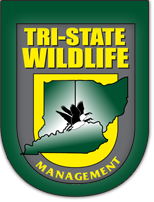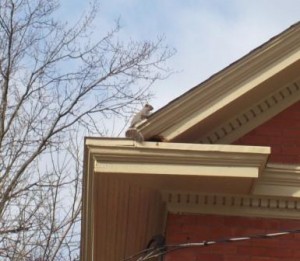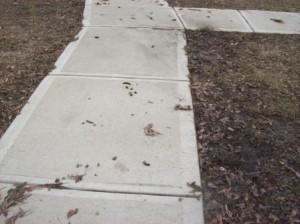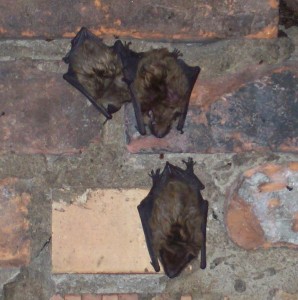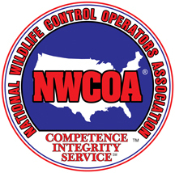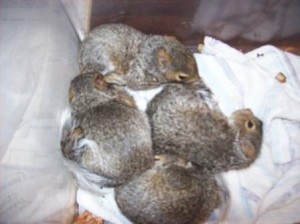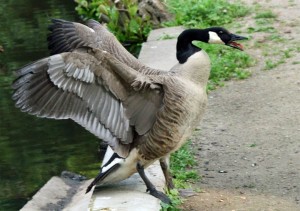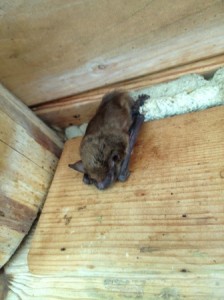For wildlife removal and exclusion services in Kenton County, KY, call Tri-State Wildlife Management! 635-0037
Kenton County, KY Wildlife Control: On Tuesday of this week, the technicians at Tri-State Wildlife Management took advantage of the break from the torrential rain to go on calls, especially in Kenton County, KY. They had a few repairs and animal pick ups, and they also needed to check a few traps and indicators. It just so happened that the vast majority of their calls took place in Kenton County, KY.
First on the agenda was a job in Edgewood, KY to check raccoon and squirrel traps. Andrew then went to a home in Villa Hills, KY and pulled 3 brand new juvenile raccoons out of an attic. He then had a short drive over to Ft. Wright, KY to pick up a squirrel in a trap and make some preliminary repairs to the ridge vents of the home. Again, Andrew went on another short drive to Park Hills, KY to check an indicator. In this instance, the technician was not able to previously determine what type of animal was entering the home, so an indicator was used that will leave behind sign of the nuisance animal. Based on the fur and maybe other markings left on the indicator, Andrew will now be able to determine whether the animal getting into the attic was a raccoon or squirrel. Next up on the schedule, Andrew went to a Crescent Springs, KY home to remove squirrel traps and start a repair. The last Kenton County, KY job for Tri-State Wildlife Management was simply to check some raccoon traps at a residence in Ryland Heights, KY.
Tri-State Wildlife Management is fully licensed and insured.
